
10 Animals That Came Back From Extinction
Published in Entertainment at April 13th, 2017 at 9:48 AM
10 Animals that came back from extinction some of these species had not been seen for 100's of years and only due to modern technology we have been able to discover them again our countdown begins below.
The Tarsier

The Tarsier is a small species of primate that is found inhabiting the well-vegetated forests on a number of islands in south-east Asia. The Tarsier has an unusually long anklebone which enables it to jump distances more than 40 times it's own body length. The Tarsier is one of the most unique primates on the planet and they are also known to have the largest eyes of any mammal in relation to their body size. This extends further to their young with females known to give birth to the largest babies in relation to their adult size.
The Coelacanth

THE COELACANTH (SEEL-uh-kanth) is an enormous, bottom-dwelling fish that is unlike other living fish. They belong to an ancient lineage that has been around for more than 360 million years. Coelacanths can reach more than six feet long and weigh about 200 pounds, and they’re covered in thick, scaly armor. It’s estimated they can live up to 60 years or more. Coelacanths were thought to be extinct until a live one was caught in 1938
The Monito del Monte
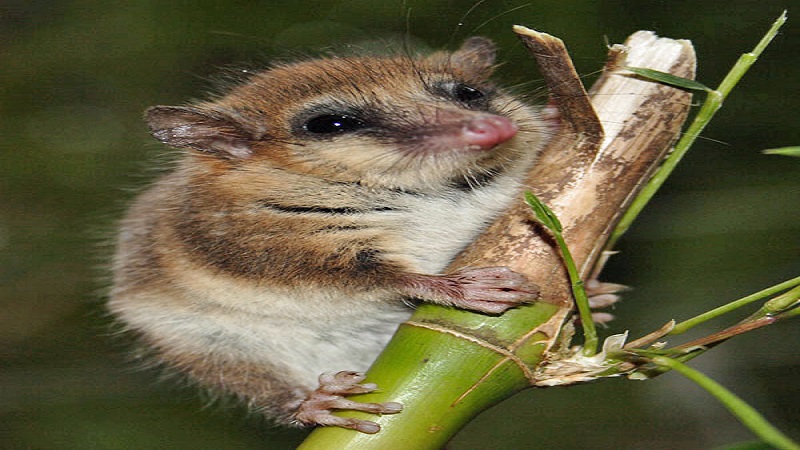
The Monito del Monte is often considered to be a living fossil since it is the last remaining member of an extinct lineage. Just how far does this lineage date back you ask? Well if the scientists did their estimates properly than this little mountain monkey is about 40 million years old. Now you see why they consider them to be a living fossil? It might be tough to tell from the video but the Monito del Monte is about the size of a mouse.
The Clarion Night Snake

The clarion night snake is so called as it lives on a little island called Clarion, a place where nobody else lives. Biologists have long thought that they had described all of the island's species. Back in 1936 a naturalist named William Beebe visited the island and wrote about another vertebrate that no one else had seen since. Well now it has and its alive and well.
The Kha-nyou
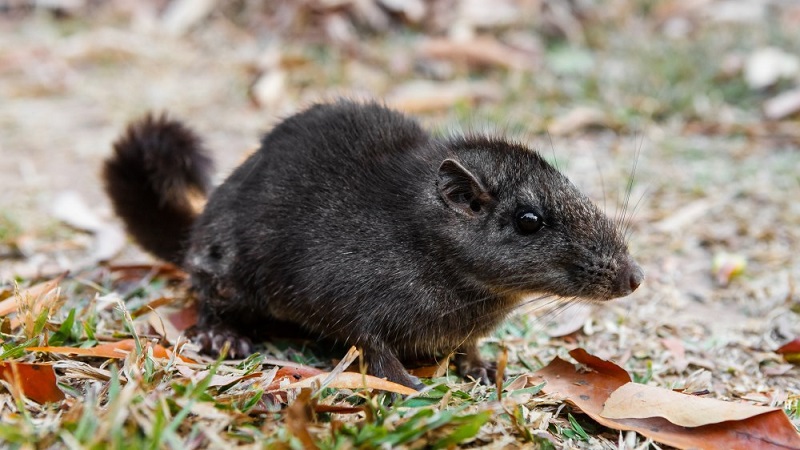
The Kha-nyou is somewhat squirrel-like in appearance with an elongated head, small, rounded ears and long whiskers, the body is compact, with short legs and the tail is approximately half the length of the head and body. This recently discovered rodent was originally considered to belong to a completely new family but it was subsequently determined to be a living survivor or lazarus species of an otherwise extinct family, formerly believed to have been extinct for approximately 11 million years
Takhi Horse
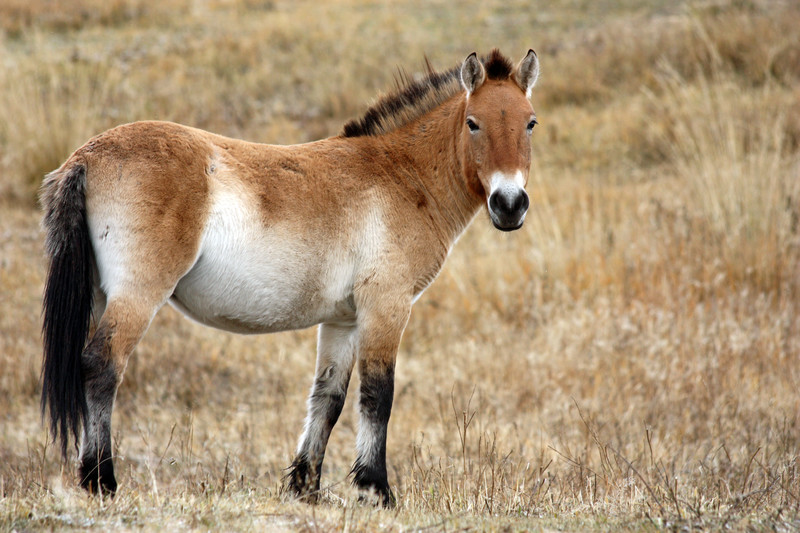
The World Conservation Union's Red List of Threatened Species listed the Takhi horse as extinct in the wild until 2008. Causes of extinction were hunting, harsh climate, loss of habitat, and loss of water sources to farm animals. However, successful reintroductions qualified this species for reassessment in 2008, and they are now classified as critically endangered.
The caledonian Crested Gecko
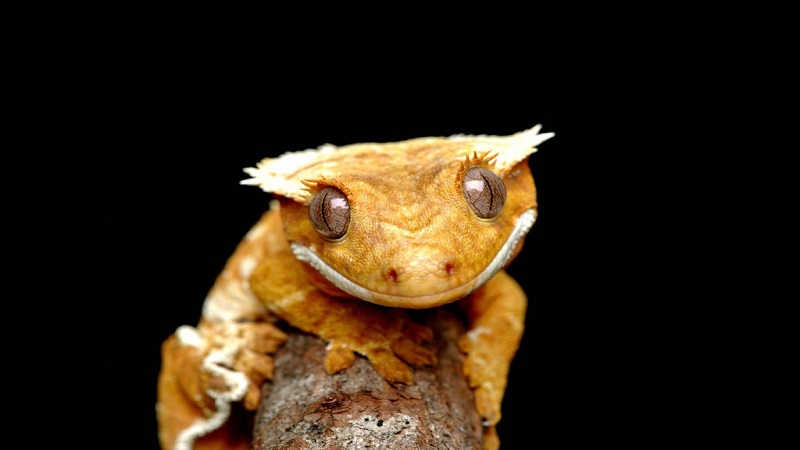
The caledonian crested gecko was thought to be an extinct species of lizard for a long time. Their name is due to their raised ridges or crests running down the top of the head and shoulders. They are a nocturnal which occurs naturally in New Caledonia in a rain forest habitat.
The Takahe

The Takahe was thought to be extinct but one man, a scientist named Dr. Geoffrey Orbell, refused to believe the birds were extinct. He walked all over New Zealand searching for them. Finally, in 1948, he found 250 birds living in a mountain valley. They're are similar to penguins as they can't actually fly but can flap about like a chicken for a little bit
The Bermuda Petrel

The bermuda petrel is the 2nd most endangered bird on the entire planet with approximately only 300 left and Bermuda is the only known location of them. They were thought to be extinct right up until re-discovery in 1951 and are known as the lazarus bird as they somehow came back to life.
The Cuban Solenodon
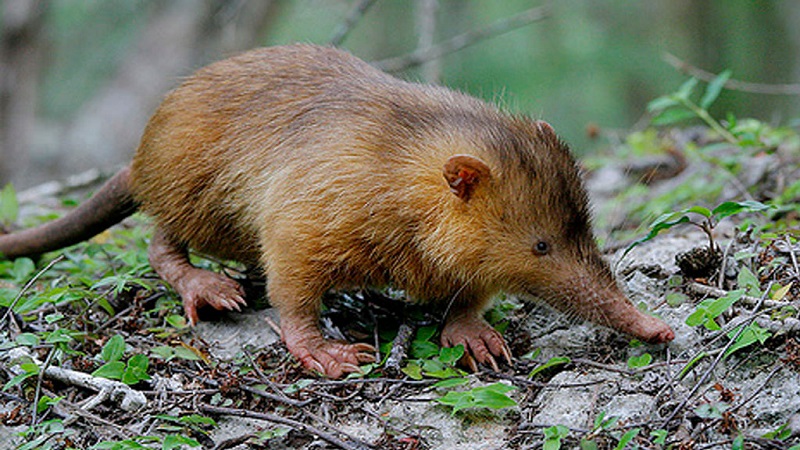
The Cuban Solenodon is like a fat shrew like creature with long snouts like aadvarks. They get to about a foot in length not including their tails. They once inhabited all over America but today you find them in Cuba and Hispaniola only. They spend all day in burrows underground and its probably why they were thought to be extinct, they are also venomous so watch out.




